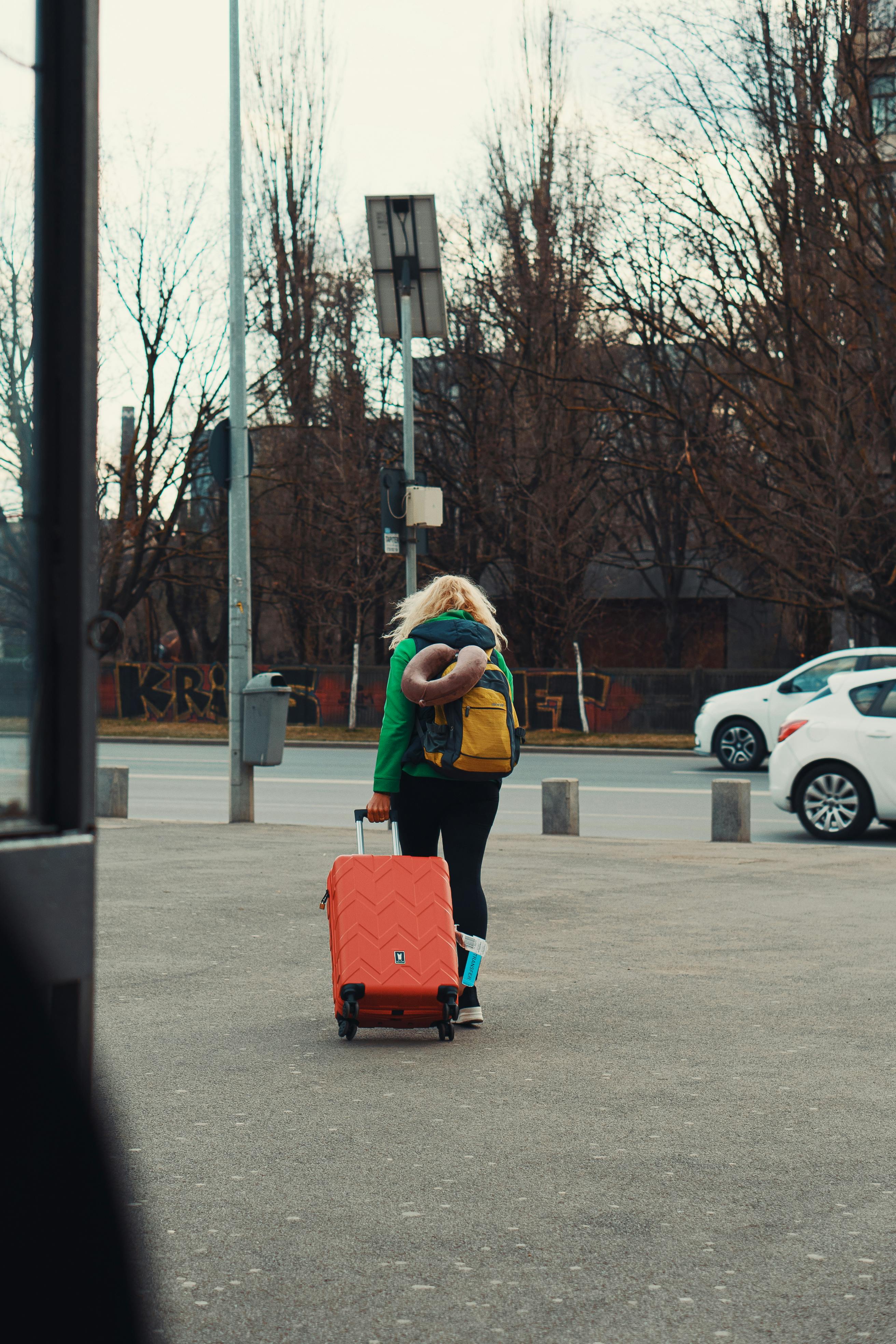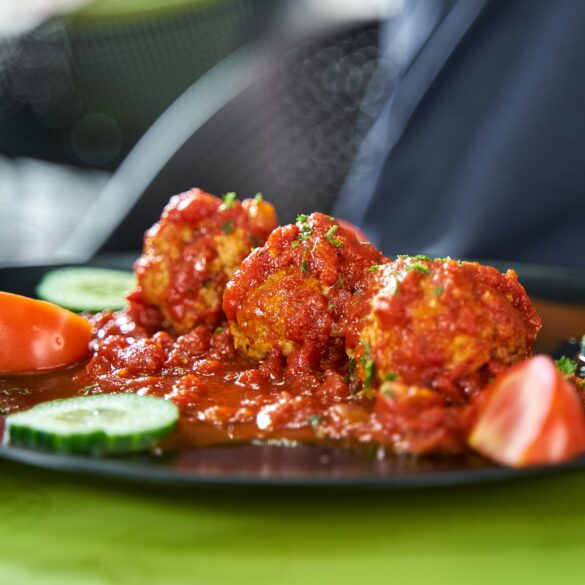Solo Travel Tips for Women: Safety, Confidence & Adventure
Ever wondered what it actually feels like to land in a new country, bags in hand, heart racing—not another soul to rely on but yourself? I still remember my first solo trip: the mix of excitement and sheer terror. Funny thing is, those days taught me more about resourcefulness, trust, and intuition than any group tour ever could. Now, years later—and with dozens of solo adventures behind me—I’ve become obsessed with equipping others (especially women) for journeys that are not only safe and empowering, but genuinely transformative.
Why is solo travel for women both exhilarating and intimidating? For one, the landscape’s changed dramatically post-pandemic: more digital nomads, shifting visa requirements, increasing awareness of cultural sensitivity, and new travel safety tools flooding the market. What strikes me every time I pack is how solo travel continues to reveal my own boundaries and strengths—sometimes in unexpected, hilarious, or seriously humbling ways.
Why Solo Travel Is Different for Women
Let’s be honest: solo travel for women brings up unique considerations, whether it’s late-night arrivals, local attitudes, packing choices, or the perpetual dance of blending in versus standing out2. Gendered travel risks are real—but so is the surge of female travelers building global communities and rewriting rules on independence3.
Key Insight: Empowerment Over Fear
What I’ve consistently found is that the best solo journeys hinge not just on security or logistics, but on turning caution into empowerment. Fear is real, but preparation and self-awareness fundamentally reshape the experience.
- Safety measures tailored specifically for women (not one-size-fits-all)
- Emotional self-care during travel’s ups and downs
- Current trends in female solo travel: growing numbers, evolving destinations, shifting public perceptions4
According to an industry report from Skift, searches for “safe solo female travel” are up 23% since 20231—and Instagram’s #solotravel hashtag has topped 7 million posts in 2024. But digital popularity doesn’t always mean real-world safety. The gap is partly why detailed preparation and practical advice are critical.
Realistic Safety Preparation
Here’s what I used to get wrong: thinking of safety as just physical self-defense or apps with emergency buttons. In reality, it’s way, way bigger—contextual awareness, backup plans, mental health, local networks, and, yes, sometimes knowing when to bail. Some lessons were learned the hard way, like booking a “cute local guesthouse” online only to discover it was three miles from help with no Wi-Fi, street lights, or phone signal. What a mistake!
- Research crime maps, current events, and local norms before you book5
- Share your real-time itinerary discreetly with trusted contacts
- Pack a mobile charger, backup cards, and emergency cash—critical!
- Know the nearest embassy, hospital, and safe zones in every city
- Learn baseline phrases in the local language (hello, help, directions)
Confidence, Mindset, & Emotional Readiness
What really strikes me after all these years is that solo travel is primarily a mindset game—equal parts guts, self-reflection, and adaptability. Back in the day, my confidence wobbled as soon as I landed somewhere unfamiliar. I’ve since realized: confidence isn’t automatic; it grows with experience, and it feeds off resilience.
Emotional Readiness Checklist
- Are you comfortable being alone in public spaces for extended periods?
- Have you practiced basic boundary-setting in unfamiliar scenarios?
- Can you navigate emotional ups and downs without feeling isolated?
Take a second to consider: Are you traveling to escape something… or to embrace something new? This isn’t minor. The answer shapes everything from your itinerary to your ability to handle bumps along the way.
Here’s the thing: even experienced travelers admit feeling vulnerable or out of sorts at times—myself included. Last year, I found myself crying in a tiny hostel in Croatia, missing my family. What changed? I built rituals (morning walks, journaling, online calls home) that made each city familiar, no matter how temporary.
Practical Travel Planning Tips
This is where practical magic happens: blending lockdown travel hacks with old-school common sense. I’ve fumbled enough transportation apps and lost enough SIM cards to say that preparation saves time, money, and—sometimes—face.
| Essential Task | Por qué es importante | Consejo profesional | Check Frequency |
|---|---|---|---|
| Travel insurance | Covers medical, theft, cancellation | Choose policy with emergency evacuation | Before every overseas trip |
| Emergency contacts | Quick access during crisis | Keep digital and paper copies | Monthly update |
| Local SIM/mobile data | Stay connected for navigation | Use eSIM for multi-country travel | Upon arrival |
| Health & medication | Critical if you have allergies or chronic illness | Translate medication names for local pharmacies | Every new destination |
- Choose accommodations near public transport, not just city centers7
- Book arrival in daylight when possible; arrange airport pickup at night
- Learn destination-specific scams and how to spot fake taxis or tour guides8
- Use privacy screen protectors for phones and laptops—small expense, major benefit
Getting Local: Culture, Language, & Connection
Want to avoid feeling like an outsider—or worse, a target? Start by digging into the local culture before you arrive. I’ll be completely honest: the best moments of my solo travels came from spontaneous street conversations and shared meals, not from Instagram guides or packaged tours.
- Practice local greetings; observe (don’t just imitate) how women navigate public spaces
- Identify key customs (public dress, dining etiquette, religious holidays) to avoid accidental offense
- Find women’s travel groups, Couchsurfing meetups, or female-led walking tours—instant connection9
What puzzles me sometimes: how much language opens doors—or shuts them. Even a few words in the local dialect do wonders for safety and connection. One small effort (“Salam!” in Morocco; “Sumimasen!” in Japan) is a signal that you care enough to engage respectfully.
Quick Skill Builder: Language for Safety
Download language basics for emergencies and navigation. Test yourself: If you woke up in the middle of the night and needed help, which phrase would you use?

Real Stories & Common Mistakes
Looking back, some of the best learning moments came from mistakes. Actually, let me clarify: the misadventures that felt catastrophic back then are now my go-to stories for mentoring new solo travelers. In my experience, embracing these “fails” accelerates real growth far more than getting it perfect every time.
- Going out late in unfamiliar neighborhoods without telling anyone — rookie error
- Not double-checking reviews for hostels or hotels (never again!)
- Assuming public Wi-Fi is safe for banking — spoiler: it never is11
- Overpacking “just in case” items that only slow you down
Mistake Recovery Guide
- Own the mistake—panic rarely helps, but humor almost always does
- Reach out to locals or fellow travelers for quick fixes
- Consider recalibrating your plan (sometimes staying in can be a win)
- Document what you learned (journals, blogs, or digital notes)
Don’t forget: every solo trip builds your risk management muscles. Mess-ups are simply part of your toolkit.
Smart Social Planning & Staying Connected
As much as solo travel is about self-discovery, almost no one thrives in total isolation for long. What I should have mentioned first: it’s crucial to balance solo adventure with intentional social connection. The more I travel, the more I value finding meaningful encounters—even if it’s just a quick chat at a café or joining a museum tour.
- Schedule regular check-ins with friends/family back home (don’t disappear!)
- Join day tours for built-in social energy and local context
- Use platforms (Meetup, Facebook groups, HostelsWorld) to find travelers with similar interests12
- Balance “me time” with community events—flexibility is your friend
| App/Resource | Tipo | How It Helps | Mejor uso |
|---|---|---|---|
| TripIt | Travel organization | Tracks itineraries, syncs safety info | Full trip management |
| bSafe | Personal security | Emergency alert sharing, location tracking | Crisis planning |
| Travello | Travel meetups | Find and join local meetup events | Social connection |
| Google Translate | Language & navigation | Instant translation in unfamiliar places | Emergency/comms |
Expert Interview: Future-Proofing Solo Travel
I recently spoke with Anya Khan, founder of “Her Global Village.” Her advice? “Solo female travelers should treat every trip as skill-building, not just sightseeing. The ability to adapt, learn, and connect makes you a better traveler—and a more empowered person overall.” Honestly, I cannot agree more.
Resources & Future-Proofing Your Solo Skills
How do you ensure your skillset keeps growing—so every new destination feels more manageable? On second thought, maybe this should have been addressed earlier. The answer is continuous learning, staying current, and upgrading your personal safety playbook as the travel landscape shifts.
- Read up on recent news and travel advisories for your chosen destinations5
- Subscribe to solo travel forums and newsletters—communities drive constant improvement
- Check out workshops/webinars specific to solo female travel (virtual options abound)
- Update your gear and tech regularly—especially for privacy, health, and navigation
At this point in time, digital resources are abundant, but the gold lies in community wisdom and shared stories. What I love most? The organic network of women supporting each other—whether that’s a backpacker in Thailand or an executive on a Paris business trip.
Summary & Actionable Takeaways
Let’s step back for a moment. What’s really memorable about solo travel as a woman? Sure, safety rituals matter. Planning saves headache. But the essence—what keeps you coming back—is the sense of freedom, the internal muscles you flex, the thrill of new perspectives. At the same time, every journey brings up fresh challenges: moments of discomfort, surprises (both brilliant and not), and opportunities to build resilience that show up in daily life long after the trip ends.
- Embrace both caution and boldness—let neither define you exclusively
- Learn from your own stories and from the global community: everyone’s version is unique
- Use mistakes as skill-building, not sources of shame
- Prioritize emotional readiness—and remember, it fluctuates with every destination
- Leverage technology, but always keep basic judgment and common sense front and center
- Don’t underestimate the power of connecting locally, especially with women’s organizations
Call to Action: Build Your Solo Blueprint
Ready to transform your next trip? Sketch your own risk-reduction plan, choose three new skills to sharpen this year, and reach out to the solo travel community. Your perspective—and voice—may just change someone else’s journey for the better.
Referencias



